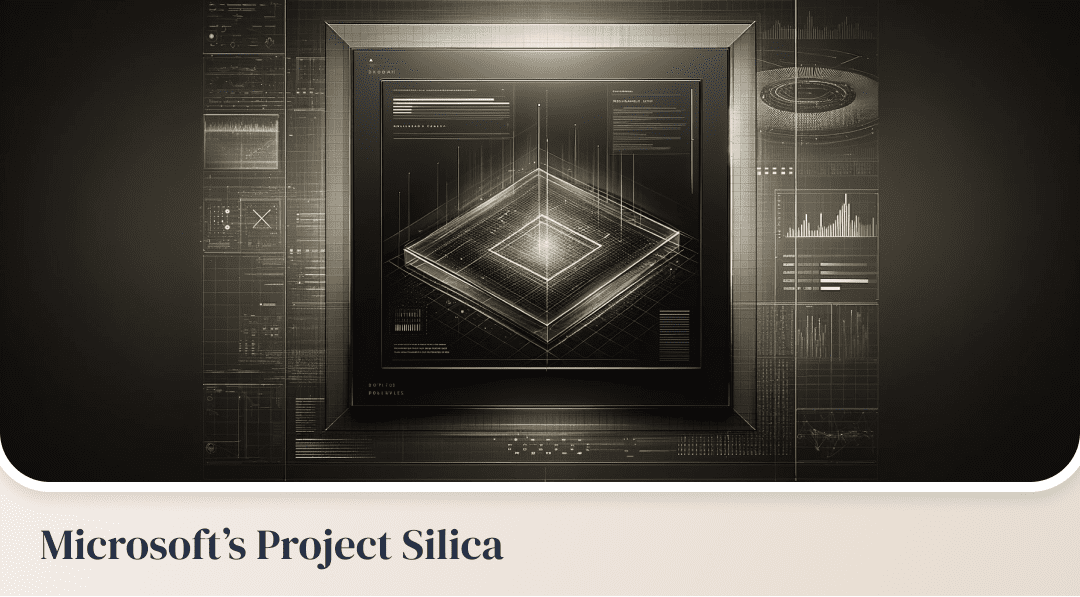
Microsoft’s Project Silica: Shaping a Sustainable Future for Data Storage
Microsoft Project Silica plans to store terabytes of data on glass chips the size of drinks coasters
In a significant leap towards sustainability, Microsoft is nearing the implementation of Project Silica, a groundbreaking initiative that involves storing data on glass plates, each the size of a drink coaster. Developed by Microsoft Research in collaboration with Microsoft Azure, Project Silica presents a sustainable alternative to traditional magnetic data storage, potentially revolutionizing how data centers operate.
Unlike magnetic storage devices, which have a limited lifespan of just five to ten years, the use of glass can potentially extend data preservation for thousands of years. This prolonged data retention not only reduces the need for frequent data transfers but also promotes eco-friendliness, significantly reducing the environmental impact of data storage.
Each glass plate is capable of holding multiple terabytes of data, equivalent to storing an immense collection of 1.75 million songs or 13 years’ worth of music. Once the data is written onto the glass, it becomes immutable, making it highly secure against any unauthorized modifications. Furthermore, these glass plates are incredibly resilient and can even withstand fire.
Microsoft Azure, being a prominent player in cloud computing, operates numerous data centers worldwide. By adopting glass storage, Azure could substantially benefit from a significant reduction in storage space requirements, a game-changer for the data-intensive cloud computing industry.
While glass storage is not yet ready for widespread deployment, Microsoft is confident about its promising future. The primary cost lies in the initial data embedding onto the glass. Subsequently, maintenance expenses are remarkably low. The stored glass plates do not require electricity to retain data, and automated systems retrieve the necessary glass storage when required.
How It Works:
Data is stored on glass using a precise four-step process: writing with an ultrafast femtosecond laser, reading through a computer-controlled microscope, decoding, and, finally, storing in a library. According to Richard Black, the research director of Project Silica, the initial inefficiency in glass storage processes has been overcome. Microsoft can now store several terabytes on a single glass plate, ensuring data preservation for up to 10,000 years. Each plate can accommodate around 3,500 movies or sustain non-stop movie playback for over half a year without repetition.
The concept of using glass for data storage isn’t entirely new. It dates back to the 19th century when glass plates were employed to store photo negatives due to their durability and resistance to bending compared to traditional film. However, as less fragile storage methods were developed in the early 20th century, the practice of using glass for photo negatives gradually faded away.
Project Silica is a testament to Microsoft’s commitment to sustainability and innovation in data storage technology. The transition to glass data storage heralds a new era of eco-conscious data preservation, offering an efficient, cost-effective, and long-lasting solution that aligns with a greener future. While the technology is still evolving, it holds great promise for revolutionizing the way data centers manage and store information, thus contributing to a more sustainable and environmentally responsible future.
Stay updated with Axons Lab Blogs for more interesting articles and news
#PlugNPlay #AIPoweredIoT #IOT #SmartDevice #Axonslab
References:
Iot Word Today
Project silica by Microsoft
